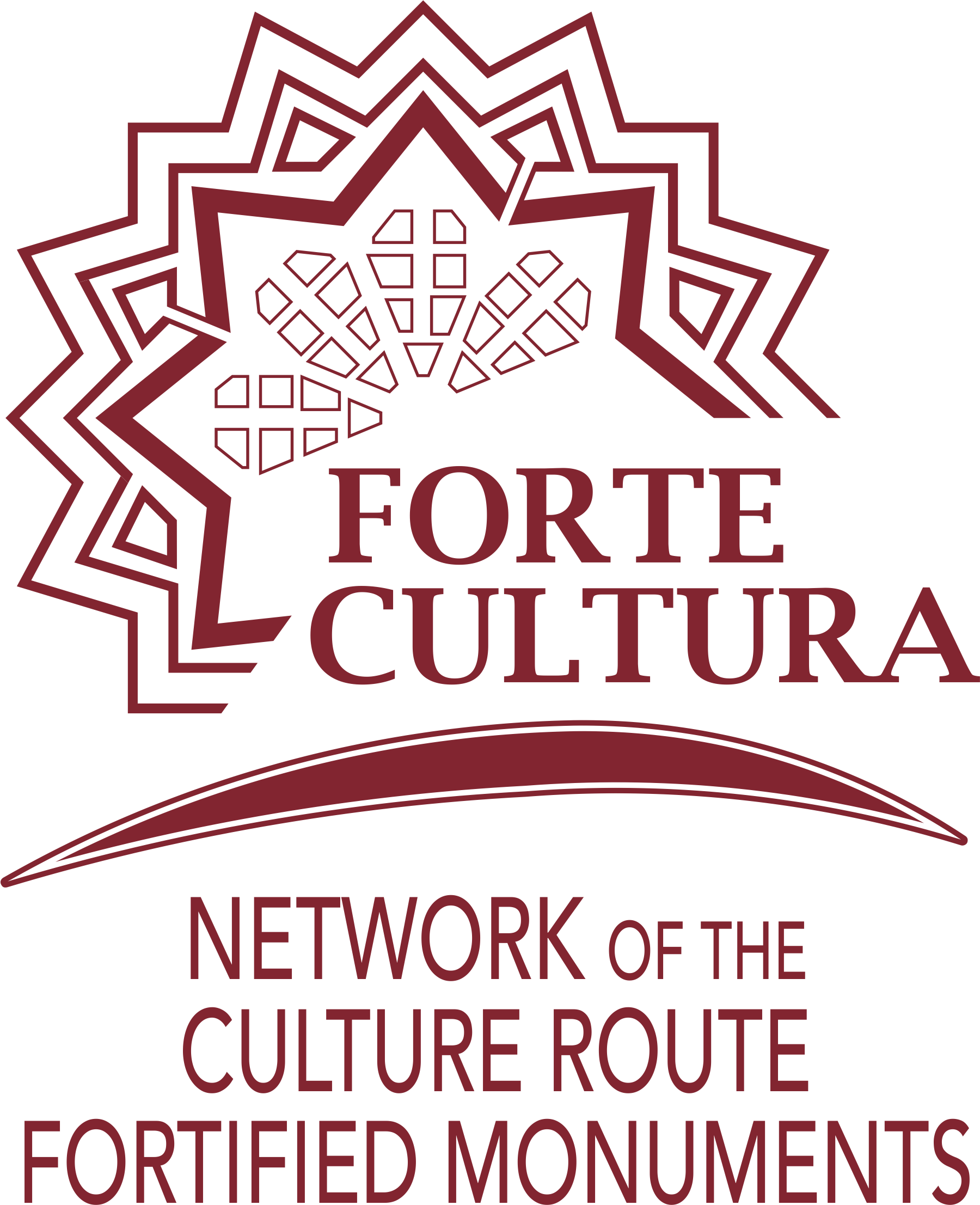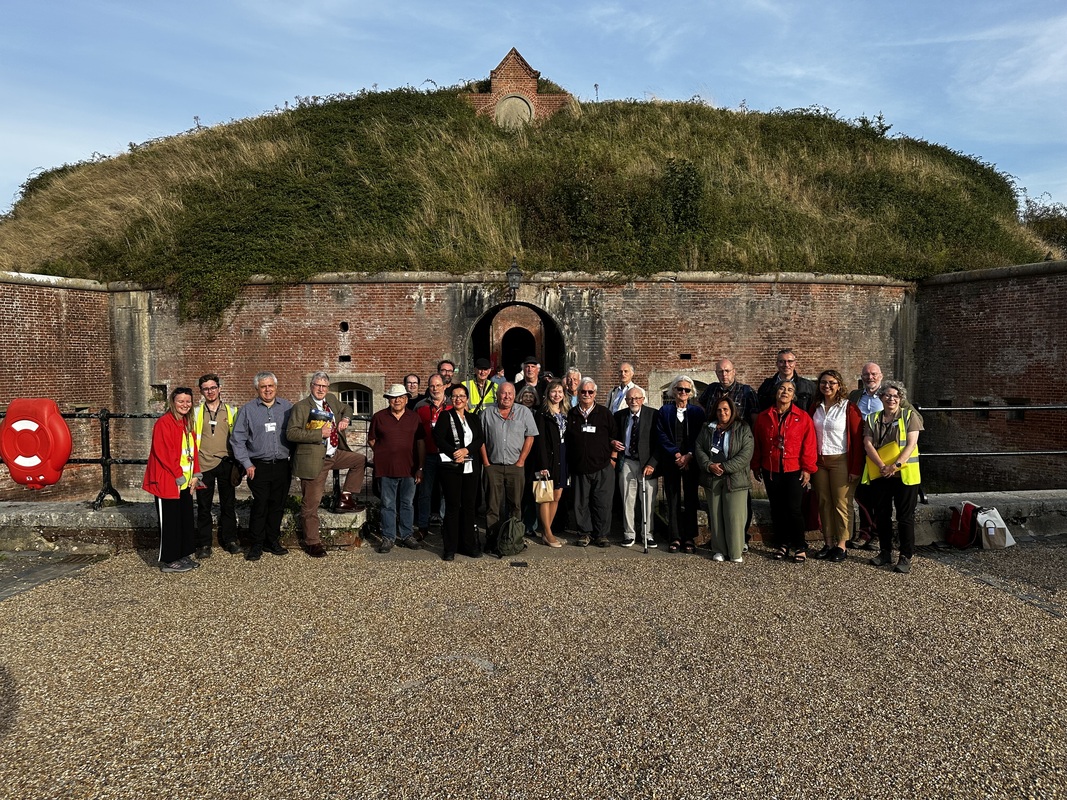To mark the 50th anniversary of the Fortress Study Group (FSG), an international symposium with excursions was held in Portsmouth, UK. FORTE CULTURA was represented by Natasa Urosevic, Olha Tikhonova and Dirk Röder, who enriched the conference with specialist contributions and best practices.
On 5 September 2025, experts from Europe and the United Kingdom gathered at the historic Fort Brockhurst in Gosport for the Fortress Study Group’s ‘Fortifications at Risk’ conference. The aim of the conference was to discuss ideas and strategies for the sustainable preservation and creative reuse of Portsmouth’s fortifications and to establish international networks.
Impulses from politics and practice
In her opening speech, British Minister of State for Culture Dame Caroline Dineage MP emphasised that Gosport’s defensive structures shape the cultural heritage of their region and need to be rethought in light of the decline of the naval industry. As chair of the Culture, Media and Sport Committee, she had therefore initiated a study on the subject of built monuments in order to gain impetus for the local economy and communities.
David Clarke, Chairman of the Fortress Study Group, pointed out how important it is to bring together experiences from a wide range of countries. Experts from Germany, the Netherlands, Croatia, Ukraine and southern England presented projects in which abandoned fortresses have been transformed into vibrant cultural sites, educational institutions and economically viable locations.
During the conference, the Fortress Study Group also launched its new funding programme for educational and conservation projects. Smaller grants had already had a noticeable impact in Kent, Sussex, Cornwall, France and Belgium. On Sunday, Fort Purbrook was also honoured with an FSG plaque for the outstanding restoration of a bridge to the barracks building.
Impulses from FORTE CULTURA and experts

FORTE CULTURA enriched the conference with three specialist presentations:
- Nataša Urošević – University of Pula, presented on the Heritage of European naval ports and historic arsenals: the case of Pula, in the broader context of the Adriatic fortification systems.
- Dirk Roeder – Forte Cultura explained how European cultural routes such as FORTE CULTURA operate on two levels: 1) the cultural route as a multiplier for cultural tourism in fortresses; 2) the network as a catalyst for knowledge exchange and cooperation to promote and sustainably use fortified heritage.
- Olha Tikhonova is a Ukrainian architectural historian and conservator specialising in bastion castles and fortifications. Her topic was From Defence to Commons: Community-Driven Reuse of Fortifications
During the discussion, when the question arose about the most significant lesson from the talks, all speakers were united in their answer: the heart of preservation lies in people, in their devotion to heritage, in the community that becomes the engine of resilience.
Also during the supporting programme, which included exciting excursions to Portsmouth’s rich fortification heritage, stimulating discussions between participants led to new ideas and approaches for further fortification cooperation with FORTE CULTURA.
The ‘Fortifications at Risk’ conference demonstrated that with cross-border cooperation, creative financing models and committed communities, the future of historic military buildings can be actively shaped in a sustainable manner. We thank Fortress Study Group, English Heritage Trust and Palmerston Forts Association for the organization.
More Information: FSG Press Release; Conference Programme


Leave a Reply